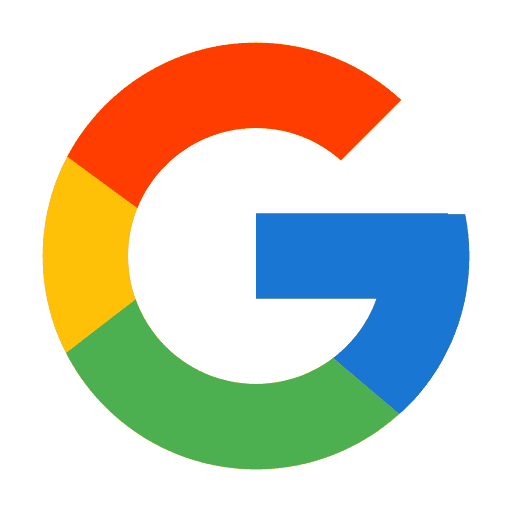team@encorehearingcare.com
Phone
386-322-0831
Visit Us
Monday to Friday - 9:00am - 5:00pm
A Personal Message From Second-Generation Hearing Care Professional, Leanne E. Polhill
“Some people see hearing loss as a sign that something is broken.
Yet the biggest lesson learned from helping thousands of local people to achieve better hearing is that hearing losses are often more of a sign that you’ve lived an experience-rich life that your ears have struggled to keep up with.
For the past three decades, I’ve had the pleasure of helping thousands of people across the Port Orange area to achieve better hearing through combining the highest levels of hearing healthcare with family-based independent values. This has resulted in my team and me becoming the trusted partners to local physicians and families. I am also proud to serve as President-Elect of the prestigious International Hearing Society and Chair of the Florida Board of Hearing Aid Specialists.
If you or a loved one is looking for a trusted partner that has helped many others to achieve the outcome that you’re looking for in the Volusia County Area, then you’re in the right place.”

When Was Your Last Hearing Test?
While most of us routinely check our eyes, teeth, and overall health, hearing is frequently overlooked. Yet with one in eight people experiencing hearing loss and it ranking as the third most common physical health condition, a quick, noninvasive test can make all the difference.
If you or someone you care about is concerned about hearing changes, scheduling a hearing assessment is a simple step to ensure you keep hearing the life you love.
Combining the Best Technology With Vast Expertise
The stigma around hearing aids has changed dramatically. Once large and clunky, today’s devices are small and discreet and often go unnoticed—even by those closest to you.
Today’s hearing aids do more than improve hearing. With Bluetooth connectivity to your phone, computer, and TV, plus rechargeable batteries, they don’t just amplify sound—they enhance your entire lifestyle.
Best of all, since our practice has no obligations to specific manufacturers, you can choose technology that’s perfectly tailored to your unique needs, lifestyle, and budget.




















